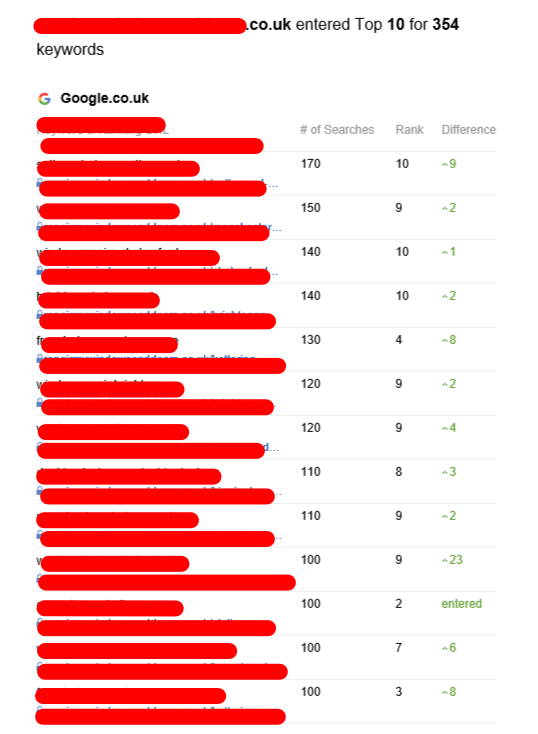Tiered Link Building - How to Avoid a Google Penalty

Tiered link building is an effective tool that can help websites improve their ranking on search engines. However second tier link building should be used correctly. It could result in a Google penalty if not done correctly.
Tiered link-building is the use of multiple levels of backlinks to improve the ranking of a website. Many SEO experts and link-building agencies use this method.
First-tier links
Tiered link building is an effective SEO method that can improve your search engine ranking. However, it's essential that you know how to use tiered links correctly to avoid penalties from Google. You can achieve this by using the tiers of your backlink pyramid. Additionally, you can employ other strategies such as editing your niche and broken link building to boost your SEO efforts.
In a tiered approach, the first tier should be comprised of links from top-quality websites that have more PageRank and higher domain authority than your own. This will give you the highest chance of ranking in the long run. Links from low-quality sites can hurt your rankings and raise red warnings. Avoid linking to sites that are unrelated or have only links.
Another way to establish your first tier is by using wikis and forum comments that have lots of content created by users. This is a great way to get high-quality, contextual and relevant links. It is important to be aware that these links may not have as much link juice.
You can also use a tool such as HARO to find out which subjects journalists are interested in. This is a great method to obtain your first-tier hyperlinks in a natural manner, without breaking any rules. Make sure to only link to sites that are authoritative and are related to your field.
Second-tier links
Tiered link building is a technique employed by website owners and SEO companies to improve search results for engines. However, it is an extremely risky approach that could lead to Google penalties. Tiered links are backlinks that direct users to third-party websites that confer your website authority. These backlinks can be used to transmit link authority to your primary web pages to help them get higher rankings in SERPs. This method is time-consuming and expensive. In addition, it can be difficult to reach a point of no return in search engine rankings.
Tier 2 links are likely to be of lower quality than the first tier but can still boost organic ranking and help build domain authority. Moreover, they can even make Tier 1 backlinks more effective by enhancing their value. Tier 2 backlinks can be either dofollow or nofollow. However, dofollow is the primary consideration.
There are numerous ways to build Tier 2 links, such as guest posting and citations within niche-based articles. You can also create these links using link roundups or directories for articles. Regardless of which method you decide to use, it is crucial to ensure that the URLs you link to are relevant to the context. In addition, you should avoid using low-quality backlinks, which can be interpreted as spam by Google. These strategies can quickly turn into a black-hat method that can be penalized.
Third-tier links
Link building using an tier system is a powerful SEO tool that helps get websites to rank higher on search engine results pages. It can be dangerous however, if performed incorrectly. If Google notices the use of tiered links, it could penalize the site or remove it from search results altogether. There are ways to avoid this fate.
The third level is where things can begin to get messy. Marketers employ third-party tools in order to create backlinks in a huge scale. This could include blog comments directories of poor quality and bookmark websites, wikis, and other user-generated content. These backlinks are meant to increase the PageRank and authority of your first-tier link.
These links can be traced back to the source, making them a bit more risky than organic counterparts. They also don't boost PageRank in the same way. Google's algorithm is growing sophisticated and low-quality links are losing their value (even if they're nofollow).
To avoid these issues marketers must be cautious when they are creating third-party backlinks. They should only use reputable third-party services with good track of records. Also, they should avoid using any automation tools as they can create issues. If Google detects an automated process and tries to penalize you, it can issue a penalty manually, which could drastically lower your ranking. This is why it's best to work with an SEO agency that has expertise in tiered link development.
Fourth-tier links
Tiered link building involves the creation of an pyramid. This technique helps to pass link juice from websites with higher authority to sites with lower authority, which can then rank for specific keywords. This technique can be effective in increasing traffic to websites and rankings over time. It is important to keep in mind that using tiered links across your entire site or on a single page is risky.
The most important factor to avoid this is to make sure that your tier-2 backlinks are from different sources. If your tier-2 links are all from one source, Google may detect it and penalize your website. Avoid linking to spammy websites because they could harm the reputation of your site.
In addition to guest blogging Tier 2 links can be acquired through paid advertising or by submitting quality content to high-authority websites. You can also submit your article to HARO. The service sends out emails on a variety of topics to journalists. You can provide them with the information they require for their articles.
However, this method of building links is not a long-term strategy. Google's algorithms are continuously modified, and it's becoming more difficult to create links from low-quality sources. Google is also more adept at recognizing automated links. As a result, it is likely that tiered link building will eventually go away.
